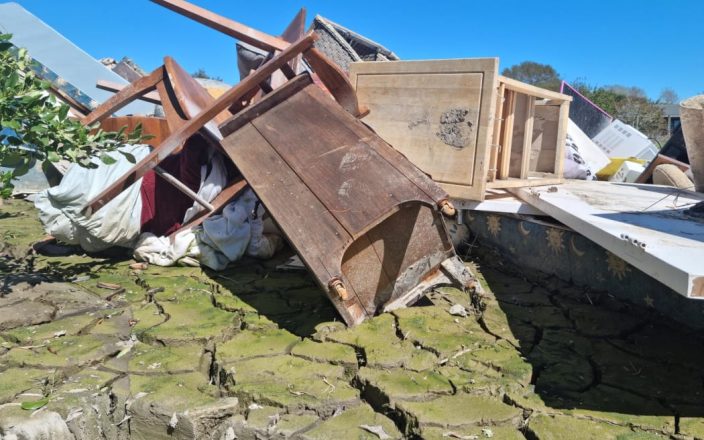어떤 사람들은 부부가 모든 것을 함께 해야 한다고 생각하지만, 전문가들은 혼자 여행하는 것이 관계에 도움이 될 수 있다고 제안합니다.사회에서는 흔히 부부가 항상 함께 있어야 한다고 생각하지만, 서로 다른 삶과 취미를 유지하면 관계가 돈독해질 수 있습니다.
로스앤젤레스의 관계 전문가인 미로 구델스키 박사는 혼자 여행하는 것이 개인의 진정한 자아를 발견하는 데 도움이 된다고 믿습니다.이러한 자기 인식은 관계를 더욱 만족스럽게 만들 수 있습니다.작가이자 관계 전문가인 Dr. Patrick Wanis는 혼자 여행하는 것이 관심사를 이해하는 데 도움이 되며, 이는 오래 지속되는 관계를 위해 매우 중요하다고 덧붙입니다.Wanis는 혼자 여행하는 것이 개인들이 자신에 대해 더 많은 것을 배울 수 있게 해준다고 지적합니다.
여행 스타일은 다양할 수 있습니다.전형적인 관광을 선호하는 사람도 있고 장소 및 사람들과의 더 깊은 관계를 찾는 사람도 있습니다.여행 스타일이 다른 파트너의 경우, 따로 여행하면 의견 불일치를 방지할 수 있습니다.가족 테라피스트인 크리스틴 스콧-허드슨 (Christine Scott-Hudson) 도 따로 휴가를 보내는 것이 실용적이라고 생각합니다.예를 들어, 한 사람은 하이킹을 선호하고 다른 한 명은 그냥 쉬고 싶어할 수 있습니다.
하지만 떨어져 있을 때는 신뢰가 매우 중요합니다.러브 코치인 미셸 박소 (Michelle Baxo) 가 따로 여행하는 커플을 위한 팁을 알려준다.그녀는 끊임없는 의사소통을 하지 말고, 자신의 경험을 우월하게 만들지 말고, 재회에 대한 사랑과 기대를 안심시키라고 조언합니다.정기적인 의사소통은 필수이며, 특히 시간대가 다른 경우에는 더욱 그렇습니다.
자리를 비우면 파트너에 대한 고마움이 커질 수 있습니다.혼자 여행하는 것은 사람들에게 파트너의 독특한 자질을 상기시킬 수 있습니다.하지만 파트너를 놓치지 않는 것은 관계에 문제가 있다는 의미일 수 있습니다.혼자 여행하고 싶은 이유를 생각해 보는 것이 중요합니다.
여행 전 원활한 의사소통이 핵심입니다.파트너는 서로의 필요와 애정을 표현하는 방법을 이해해야 합니다.혼자 여행하는 것은 개인이 자신의 독립성을 기억하는 데 도움이 될 수 있습니다.파트너가 서로의 단독 여행을 지지한다면 끈끈한 관계가 형성된다는 뜻입니다.솔로 여행은 커플이 서로를 더 존중하고 유대감을 강화하는 데 도움이 될 수 있습니다
.





























































